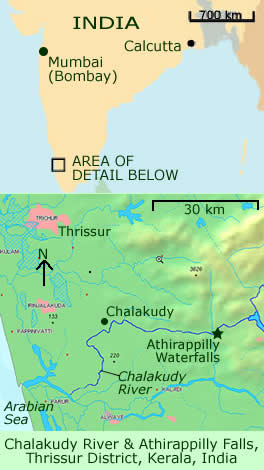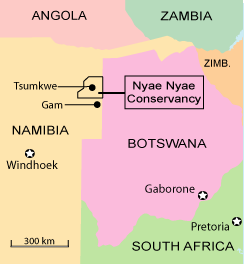Despite the distance from Sikkim to Vermont, a Lepcha leader referred to a famous poem by Robert Frost when he summarized recent events related to the destruction of the Dzongu Reserve. At an annual general meeting of the Affected Citizens of Teesta (ACT), the primary Lepcha organization fighting the construction of power dams in their sacred reserve in northern Sikkim, the General Secretary, Dawa Lepcha, described the recent decision to cease their hunger strike as an effective negotiating stance with the state government.
Some people in the organization appear to have opposed the cessation. Mr. Lepcha disagreed. “Many people might be of the opinion that we have surrendered our protest by withdrawal [of] the relay hunger strike but this is wrong. We have come a long way and [we] still have a long way to go before we go to sleep,” he said.
He welcomed the initiative of the state government to take the matter, finally, to the negotiating table. “We are hopeful [we will] get a positive response from the government [which] would let us to live in our land peacefully,” he said. He cited major victories his organization has already won, including an earlier decision by the government to cease planning four other dams along the Teesta River, which also would have harmed the spiritual values and ecology of the area.
As member meetings of such organizations often do, the discussions included a lot of self congratulations for all the projects that the group has successfully completed. The meeting elected a large slate of leaders, including Athup Lepcha as president, Chopel Lepcha as senior vice president, Norzing Lepcha as vice president, Dawa Lepcha as general secretary, and numerous others.
 The Chalakudy River Protection Forum (Chalakudy Puzha Samrakshana Samithi), which is leading the opposition,
The Chalakudy River Protection Forum (Chalakudy Puzha Samrakshana Samithi), which is leading the opposition,  The Ju/’hoansi live in a large, fenced tract of land known as the
The Ju/’hoansi live in a large, fenced tract of land known as the 